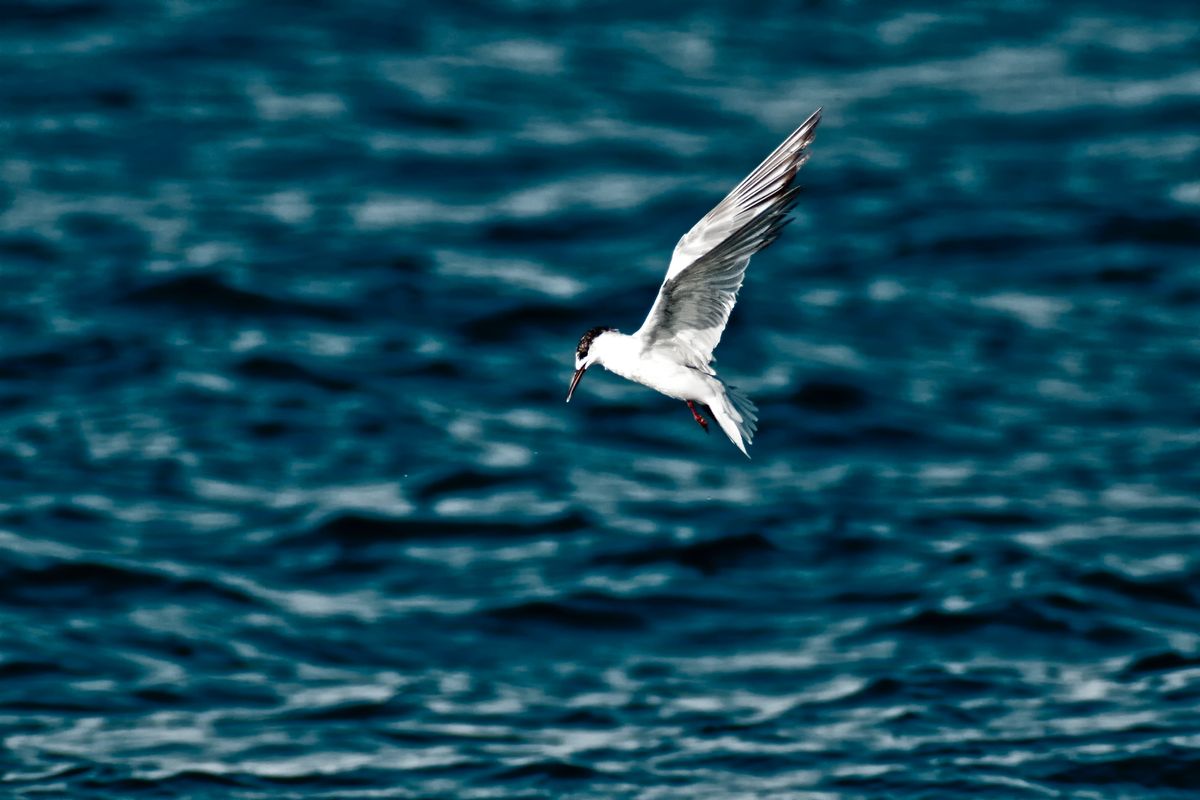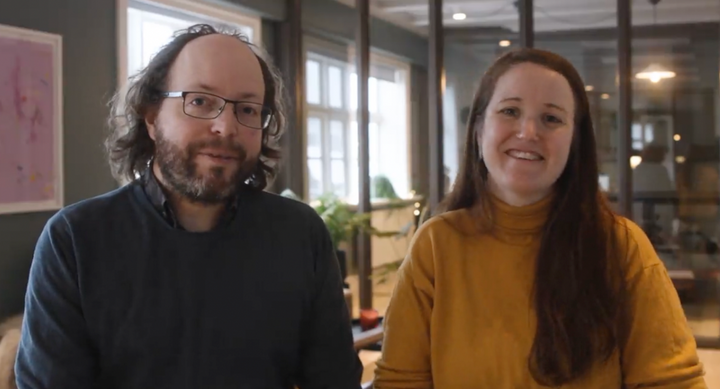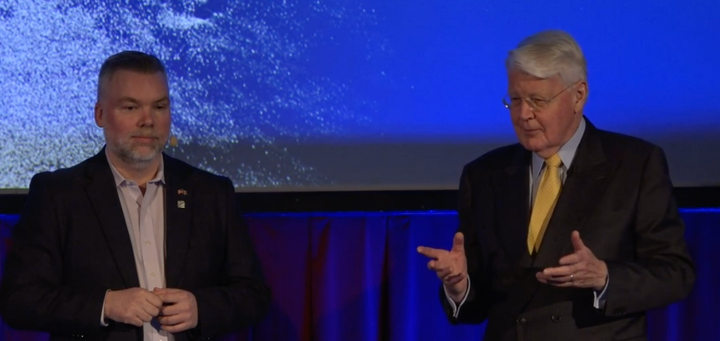Þórdís Kolbrún: “With Kría, we’re providing oxygen” - an interview with the minister of innovation

What follows is an interview I conducted with Þórdís Kolbrún Reykfjörð Gylfadóttir, the minister for innovation and industries, on the biggest policy announcement from last week’s event: Kría, the Icelandic Venture Initiative. This interview was first published in our newsletter, The Memo. Disclaimer: I’ve been consulting with the ministry on this topic and others.
Bold are questions from Kiddi, italic are answers from Þórdís Kolbrún.
I want to start with language. You both announced that we should from now on refer to VC funds as “vísisjóðir” – what’s the concept here?
Coming from the viewpoint of a politician I think it’s important for the startup and innovation sector to be mindful of language. You are working on international projects, often in industries that most of us outside the scene don’t understand fully, or at all. At the same time, I think we’re very close to general consensus on the need for an strong international sector based on innovation and intellectual property. It’s important that people understand what the sector is about, what it’s doing and what it needs. The more the general population understands, the more like it is that the politicians can support the industry with actions. Also, I just like Icelandic, and this idea came up during a session on the topic and we loved it.
And then there’s the name – Kría – where does the name come from? (for our non-Icelandic readers, Kría is the Icelandic word for Arctic Tern, one of our most well known birds)
Yes! The Kría is a very interesting bird. She’s international, in the sense that she’s a migratory bird. Her migrations from Iceland are sometimes more than 70,000 kilometers, and her migration is by far the longest in the animal kingdom. She’s also defensive of her nest area, basically attacking you if you get to close to her nest. Both reminded us of the entrepreneurial venture. It’s long and requires relentless vigiliance.
I want to start at the beginning: We have the technology development fund (which gives direct grants to companies). We have the New Business Venture Fund (which invests in both companies and has invested in funds). Why this new concept?
These institutions serve different purposes in the ecosystem. The Technology Development Fund gives grants to early stage projects focused on the development of new technologies and products. The New Business Venture Fund was founded in 1997 to support innovative companies, as there was very little risk-taking capital available to founders. Kría is based on the work that went into the innovation policy, which highlights what we think is important to focus on.
During the work of the innovation policy we wanted to answer broadly speaking two questions. Where do we need to improve things for the innovation and entrepreneurial ecosytem, and what’s the role of a government in this improvement. And if we focus on this specific topic, the financing environment of startups and entpreneurial ventures, the answers were something like: “We need to ensure sustainable and stable access to venture funding in Iceland” and “the government’s role is to provide support and infrastructure, rather than become a major individual player.”
Neither of these conclusions are rocket science. We’ve seen throughout the years the sporadic amount of venture capital available. It wasn’t until in 2015 that we had a real venture environment, before it was mostly just one fund in addition to the New Business Venture Fund, which was often fully deployed into companies. But we’ve also seen that it’s been hard for venture investors to create a sustainable business from their funds, as it’s often the second or third fund that they’re unable to raise. Now, in some cases that’s warranted, venture funds are businesses after all and they need to deliver results, but in some cases it’s systematic.
Looking at the Icelandic ecosystem, one of the bigger problems we saw was the investor landscape, that is, the investors that participate in venture funds, limited partners. As you’ve previously pointed out, it’s very homogenous, mostly pension funds, with a couple of banks participating at some point.
With regards to what the government should do to support the ecosystem, we’d made the decision in the policy that the government should support the development of early stage venture capital in Iceland, and that the government’s investments should focus on its investments through vehicles like venture funds, rather than direct investments into companies. That way we’re following the market, and supporting the direction of private investors, rather than making individual investments decisions ourselves.
Luckily for us, this concept has been tried many times. Yozma in Israel was a tremendously successful one. Part of the European Investment Fund operates in a similar way, and they’re a big driver of the venture industry there. Our neighboring countries have done similar things, with the Finnish Tesi and Danish Vækstfonden or the Swedish Venture Initiative.
With Kría, we’re providing oxygen, so that investors can do what they’re best at, and entrepreneurs can do what they’re best at. Building the future industries of Iceland.
What’s the timeline on this? And how will this affect the New Business Venture Fund?
We expect a legal bill to be put forward this spring at Alþingi, which will have more details on the exact implementation. But we then expect Kría to be operational in the fall accepting investment proposals, with first money available in 2021. This will however be ironed out better in the coming weeks and months.
Regarding the New Business Venture Fund, whether and how Kría will affect the fund is yet to be decided. That should become clear in the same implementation phase.
What’s next then? You mentioned “until next time” at the event on Thursday.
Developing and supporting an ecosystem for innovators and entrepreneurs is not a one-and-done project. It’s about continuously reviewing and revisiting initiatives, laws, institutions, and other support mechanisms set by the government, to find where things are going well, and where the could be better. We invested in crafting and defining an innovation policy for Iceland. That policy set forth a vision as well as guiding principles for how the state should apply itself.
So what’s next is exactly that: reviewing the current ecosystem with our guiding principles and vision in mind, and working with the community on making changes to that.
Want more content like this straight to your inbox? Sign up below.




